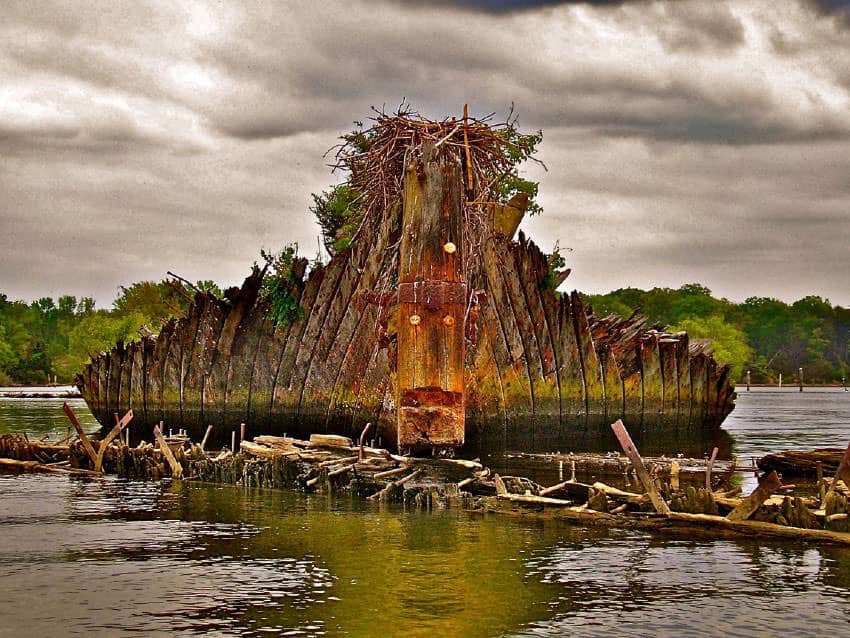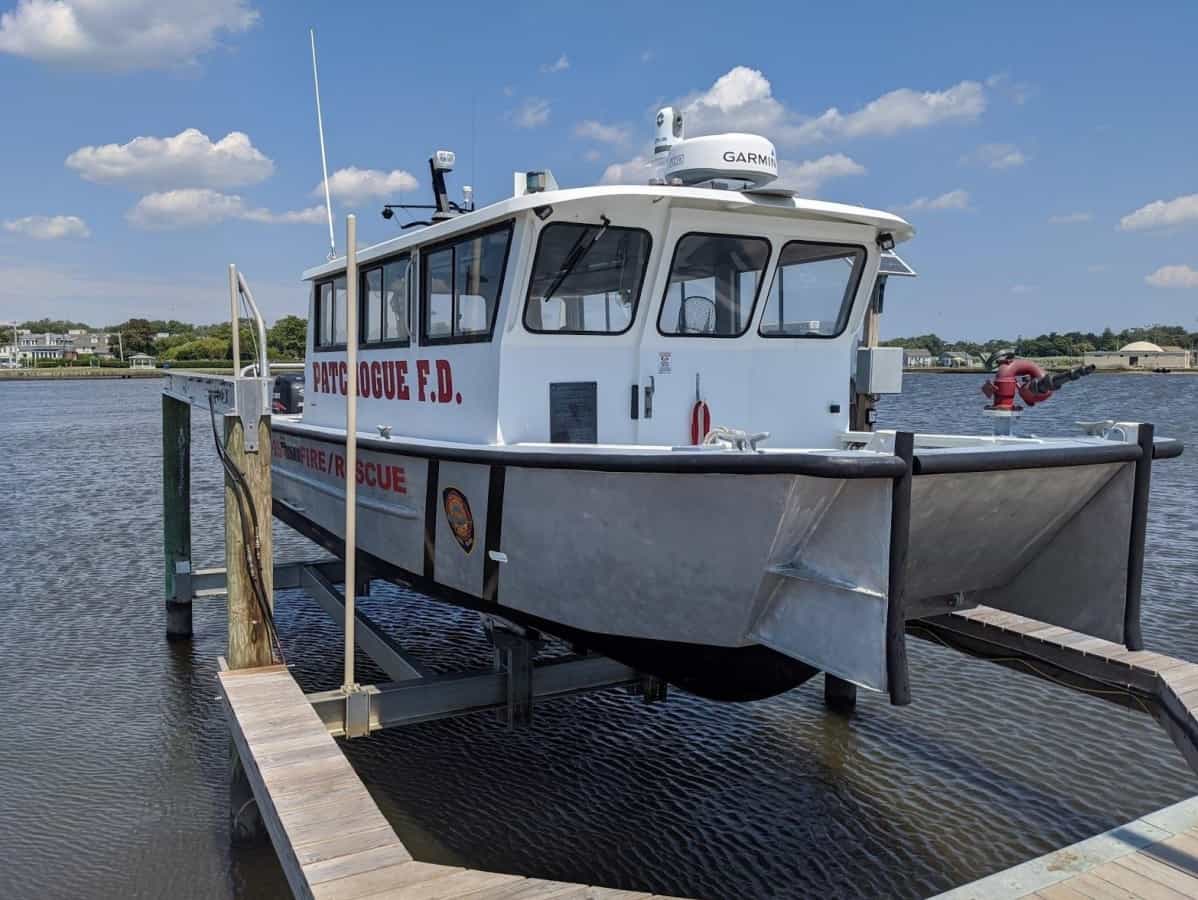A haunting historic site in the Potomac River will soon be federally protected, under a proposed national marine sanctuary designation.
Photo: Don ShometteThe 18=square-mile section of Mallows Bay encompasses a “ghost fleet” of more than 200 shipwrecks, half of which were wooden steamships built during World War I. Other wrecks date back three centuries. The shipwrecks are often visible above the waterline.
The Mallows Bay-Potomac River National Marine Sanctuary will be the first such sanctuary designated in 19 years. It will be run jointly by the National Oceanic and Atmospheric Administration (NOAA), the State of Maryland, and Charles County. It is the first ever national marine sanctuary in the Chesapeake Bay watershed.
“When you visit Mallows Bay and paddle among the remains of an underwater fleet, it transports you back in history, all the while enjoying the abundant wildlife that now calls the shipwrecks home. Mallows Bay is a special place that deserves protection forever,” says Kris Sarri, president and CEO of the National Marine Sanctuary Foundation.
The Ghost Fleet of Mallows Bay is the largest and most varied collection of shipwrecks in the western hemisphere. It’s been named a National Treasure by the National Trust for Historic Preservation.
Historians call Mallows Bay a unique natural resource that provides a link to “important chapters in U.S. history:”
“We commend NOAA for taking this action to promote a historic place that conveys the rise of American industrialism, ingenuity, and a citizen war effort that heralded the emergence of our country as a world power. This designation will ensure that more Americans are able to experience this special place,” says Katherine Malone-France of the National Trust for Historic Preservation.
Mallows Bay also provides habitat for wildlife including bald eagles, herons, and osprey, river otters and beaver, and many fish species. It serves as an outdoor classroom for students, and is a prime spot for SCUBA diving, paddle sports, fishing, and bird-watching.
The sanctuary has been a long time coming: the state submitted the nomination in 2014, with Charles County and a large coalition of supporters, including the National Marine Sanctuary Foundation, the National Trust for Historic Preservation, and Chesapeake Conservancy. It is expected to be finalized by the end of 2019.
-Meg Walburn Viviano




